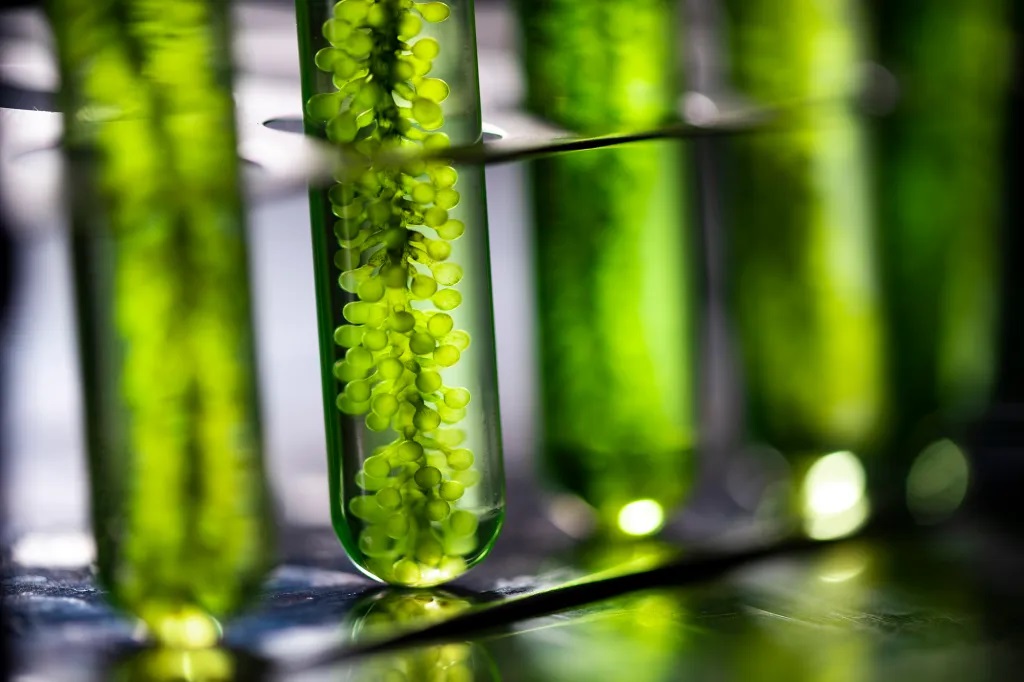Algae proteins partially restore man’s sight
The vision of a completely blind man has been partially restored using light-sensing proteins first found in algae. The man was treated with a type of therapy called optogenetics, which uses the proteins to control cells at the back of his eye.

He first knew it was working when he realised he could see the painted stripes of a pedestrian crossing. He can now grab and count objects on a table, Nature Medicine reports. The man, whose identity has not been revealed, lives in Brittany, France, and was treated in Paris.
He was diagnosed with retinitis pigmentosa – which leads to the death of light-sensing cells on the surface of the retina – 40 years ago. This disease affects more than two million people worldwide, and although complete blindness is rare, the man has had no vision for the past two decades.
He was treated with optogenetics – a field new to medicine, but one that has long been a staple of fundamental neuroscience. It uses light to control precisely the activity of brain cells and was used by the scientists to restore the ability of one of his eyes to detect light.
The technique is based on proteins, produced in algae, called channelrhodopsins, which modify their behaviour in response to light. The microbes use them to move towards the light.
The first step in the treatment was gene therapy. The genetic instructions for making the rhodopsins were taken from algae and given to cells in the deep surviving layers of the retina at the back of his eye. Now when they were hit with light they would send an electrical signal to the brain.
However, they would respond only to amber light, so the patient wore a pair of goggles with a video camera on the front and a projector on the back, to capture what was occurring in the real world and project a version in the right wavelength onto the back of the eye. It took months for high enough levels of the rhodopsins to build up in the eye and for the brain essentially to learn a new language to be able to see again.
‘We were all excited’
The first sign it was working was when the patient was out on a walk and suddenly, the stripes of a pedestrian crossing appeared. Dr. José-Alain Sahel, from the Institute of Vision, in Paris, said: “This patient initially was a bit frustrated because it took a long time between the injection and the time he started to see something. But when he started to report spontaneously he was able to see the white stripes to come across the street you can imagine he was very excited. We were all excited.”
The man does not have perfect sight, but the difference between no vision and even limited vision can be life-transforming. Prof Botond Roska, from the University of Basel, said: “The findings provide proof-of-concept that using optogenetic therapy to partially restore vision is possible.”
There are several other approaches being used to pursue to restore sight. One includes repairing the genetic defects that cause disease, but retinitis pigmentosa can be down to mutations in more than 71 different genes, making that more of a challenge. Another involves connecting a camera to electrodes implanted in the back of the eye.
Optogenetics itself is also being researched in conditions such as Parkinson’s disease, and to see whether it can enhance recovery from a stroke. James Bainbridge, a professor of retinal studies at the UK’s UCL, said the study was high-quality, but on just one patient. “This exciting new technology might help people whose eyesight is very severely impaired,” he said.
yogaesoteric
March 26, 2022
Also available in:
 Français
Français
